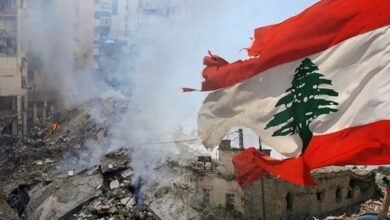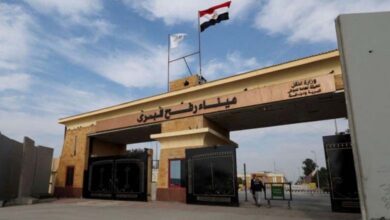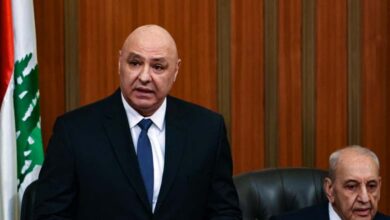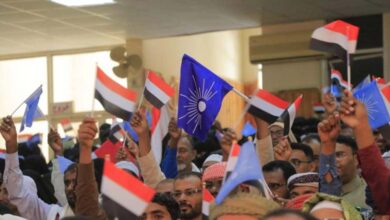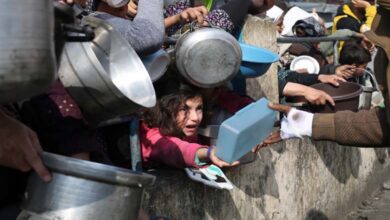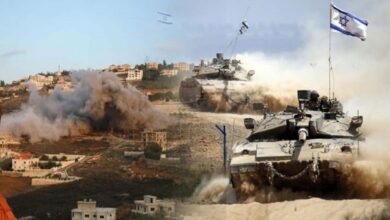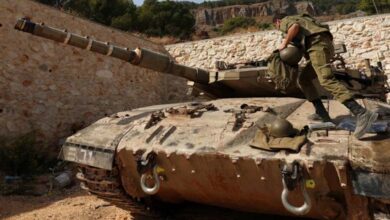“So we don’t forget” the history of the crimes of the Brotherhood, from the assassination of Hazinedar to Hicham Barakat
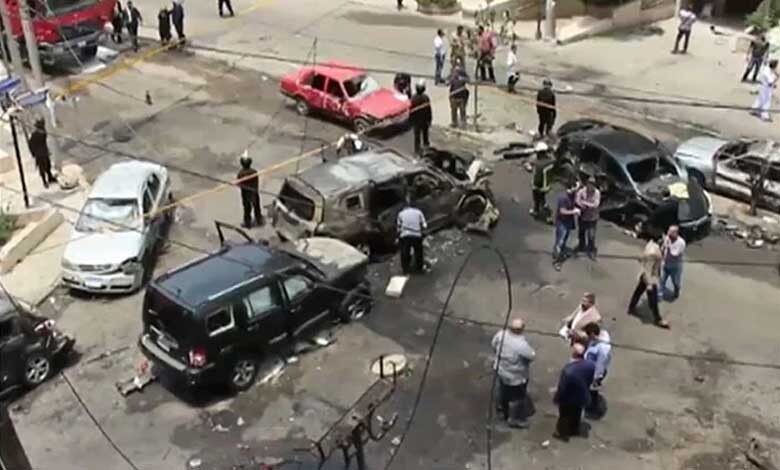
A long history of crimes committed by the terrorist Muslim Brotherhood group, including assassinations, bombings, and kidnappings, were the methods of the terrorist group since its inception in 1928 by Hassan el-Banna, who wears a mask. Although it appears that the Brotherhood is merely an Islamic group, its ideology has not lacked jihadism, from which many armed groups have emerged within the Arab world.
The terrorist group carried out a list of assassinations of Egyptian figures and senior statesmen in the mid-1940s. It started with the assassination of Ahmed Maher, Egypt’s Prime Minister, in 1945, who was assassinated in the Parliament Hall, then Counselor and Judge Ahmed Hazinedar, in 1948. Months later, Egyptian Prime Minister Mahmoud an-Nukrashi was killed at the Interior Ministry office.
History has not forgotten the assassination attempt on President Gamal Abdel Nasser on 26 February 1954, when he gave a speech in Manshiya Square in Alexandria, on the occasion of the signing of the evacuation agreement. In the middle of his speech, Mahmoud Abdel Latif, one of the leaders of the special regime of the Muslim Brotherhood, fired eight shots from a long range gun in the direction of the President, wounding two people and rescuing Abdel Nasser.
Their crimes did not end there, but extended to the assassination of President Anouar el-Sadate in the October 6, 1981, platform incident.
The ugly face of the Muslim Brotherhood has once again emerged, following the “30 June” revolution and its aftermath, the most violent of which was the events of the Guidance Office, which is considered a dangerous episode in the series of the Muslim Brotherhood’s violence. Clashes started between supporters of Mohamed Morsi, on the one hand, and those demanding his departure from power, on the other hand, in front of the Guidance Office in the El Mukkatam area in Cairo governorate, which resulted in the killing of 9 people and the injury of 91 others.
A large number of houses of worship, whether mosques or churches, as well as public facilities, most notably police stations, were not spared the destructive operations of the Group after the dispersal of the Rabaa sit-in in 2013, and the burning of more than 82 churches and houses of worship in Minya, Asyut and Faiyum. It was behind the suicide bombing of the Church of Petrosyah in Abbassiya, in addition to the looting and destruction of the Mullawi Museum.
The crimes of the Brotherhood resulted in the death of 61 people and the injury of 435 others in the events of the Republican Guard at dawn on 8 July 2013, between the Brotherhood and the army forces assigned to secure the Guard House and military installations, after armed elements tried to storm the building at the instigation of the leadership of the Muslim Brotherhood. In recent years, the terrorist group has continued its attempt to return the chaos to Egypt again, through the launching of incitement calls and the organization of limited riots, without a response from the masses of Egyptians who do not forget the crimes of the Brotherhood.


